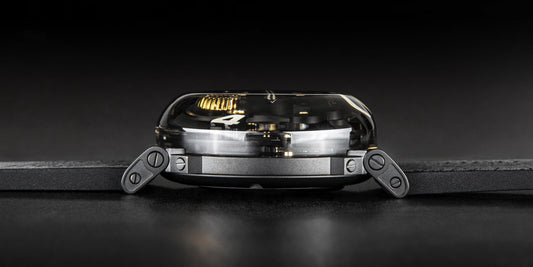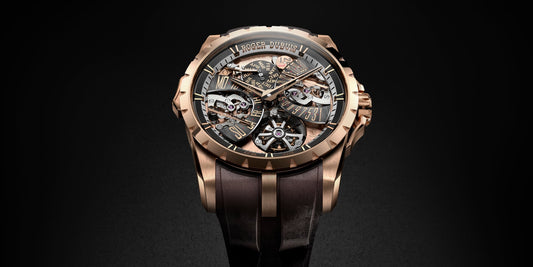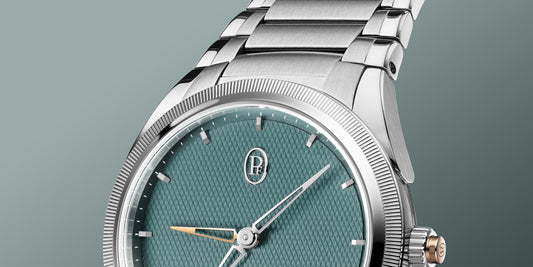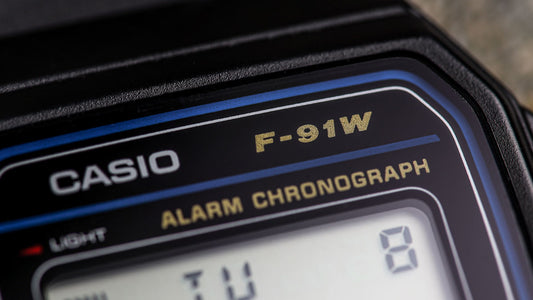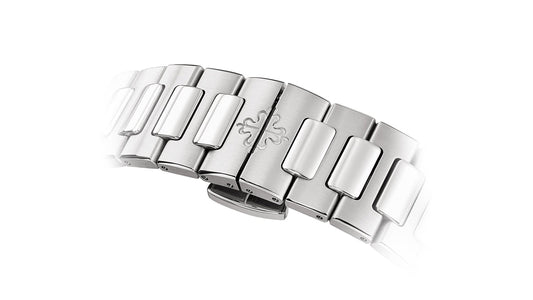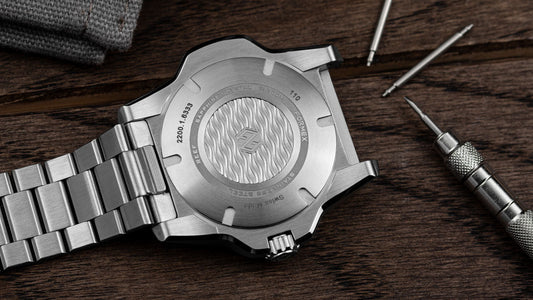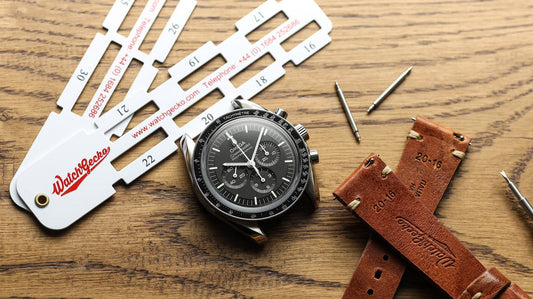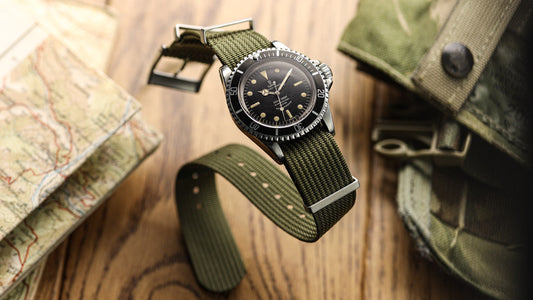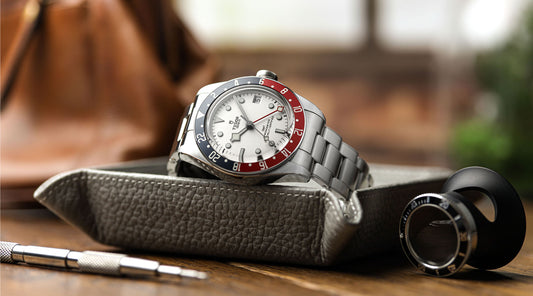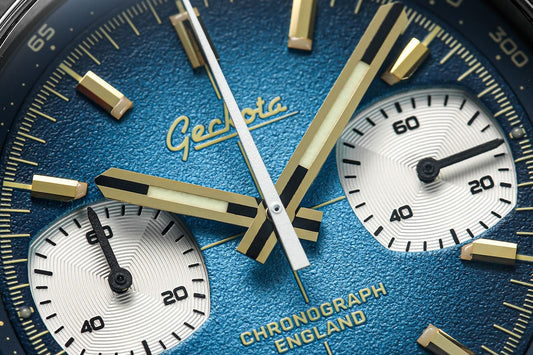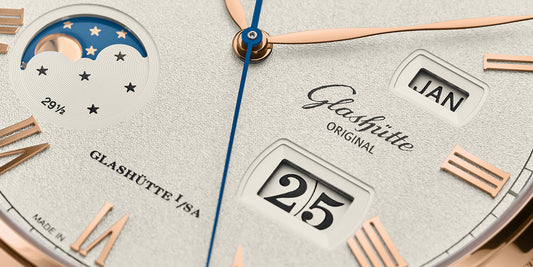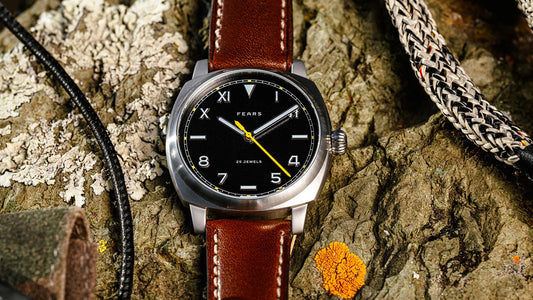We all know the big players in the watch industry, but how much do you know about this very important watch brand?
Rolex, Omega, Patek Philippe, Breguet, Breitling, Heuer. The list of watch brands is long and full of household names, ones that everyone recognises, regardless of whether they consider themselves a watch geek or not. These brands are all over our sporting occasions, in our glossy magazines, and generally in the public eye.
But there are other brands at work in the watch industry, ones that few people would know. Some are unfamiliar because they are smaller. Others only make components for known brands to turn into watches, and then there are the parent companies that you may not recognise but which own whole stables of familiar names.
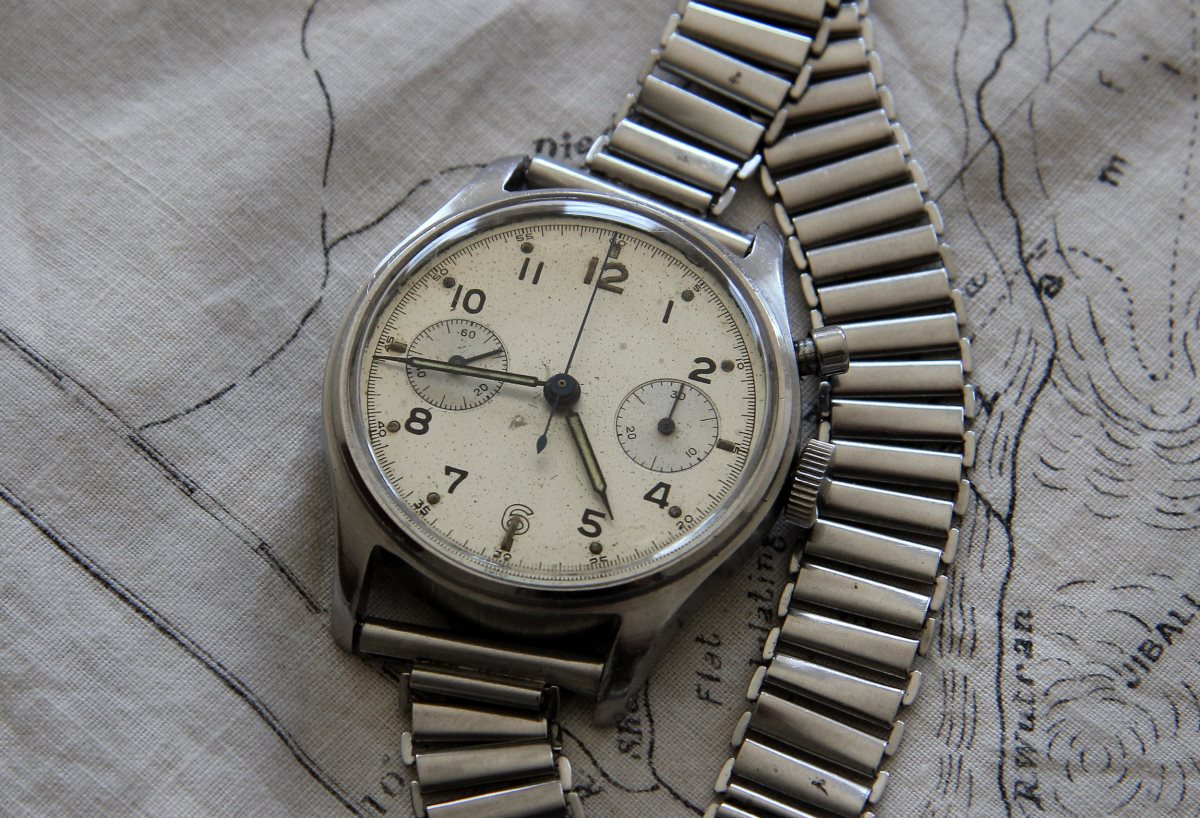
The Lemania HS9 - Image Credit: Dave Sweeting
I want to introduce you to what I consider the greatest maker of watches that you may never have heard of. One that did make complete watches, as well as movements for other firms. It is certainly possible that you've heard of them, but they no longer exist, and when they did they were not a household name.
Let's start with a question - What do the following claims to watch fame have in common?
- The only mechanical chronograph ever approved by NASA for use inside and outside their space vehicles.
- The only mechanical alarm watch where you can set the minutes as well as the hours.
- Every wrist chronographs issued to the British armed forces (Royal Navy, Fleet Air Arm and RAF) throughout the 1950s and 1960s.
- Almost all of the timing devices used by BBC production teams up until the 1980s.
- The movement inside the iconic black chronograph designed by Ferdinand Porsche in 1972.
- Automatic chronographs worn by the 2 German astronauts who worked in the International Space Station during the 1980s.
- Aircraft clocks in the cockpit of many North Atlantic Treaty Organization Air Forces.
- The movements inside all 4 models of an automatic chronograph used by the Luftwaffe in the 1980s and 90s, as well as chronographs for the air forces in Italy, South Africa, Sweden, Argentina, Kenya, Spain and Venezuela, and probably more.
One company made at least the movements, if not the entire watches that achieved all these feats, an impressive CV for any watch company, especially one that is not a household name.
That company was Lemania.
So how is it that only watch collectors know this name? Perhaps a little history is needed.
The History of Lemania
The Lemania company was named for Lake Geneva, or Lac Leman to the Francophone world. The original company was founded by Alfred Lugrin in 1884, but the Lemania name was adopted when he and his nephew renamed the company in 1928. Their speciality was complications, chronograph movements, long-running movements, repeaters and so forth. But 1928 was not a good time to start a new company, the world was falling into the grip of the Great Depression.
Many watch companies perished, but others survived by consolidating and grouping together.
So Lemania entered into a joint venture called SSIH with Omega and Tissot in 1932, and maybe there is a reason why they disappeared into the murkier corners of the watch industry, leaving their partners to bask in the limelight. Lemania continued making watches in their own right, but their primary business became the design, manufacture and supply of complications to their partners in SSIH, which they did with aplomb, as Lemania provided every single chronograph movement that either Tissot or Omega used until the 1970s. Over 40 years.
Perhaps you have guessed by now that this includes one of the most revered manual chronograph movement families of all time, ones used in Omega's Speedmaster professional, the moonwatch. Both variants (the early 321 which Omega are now re-launching, and the later 861) are Lemania designs and were primarily produced in Lemania workshops, with tweeks from Omega themselves.

The Omega Speedmaster - Image Credit: Dave Sweeting
Omega still produces what is essentially the same Speedmaster Professional that flew on every crew members' arm on Apollo 11 back in 1969. Sure, the luminous material has changed, and the bracelet has got better, but the design is recognisably identical. Definitely the longest continuous production run of any watch, ever. And inside every one of them is a Lemania movement.
I'd like to illustrate the breadth of Lemania's reach by showing you just 3 of their products from my collection.
I'll present them in chronological order of production.
First, the HS9.
There is no "Lemania" branding on the dial, but this is Lemania born and bred. The Department of the Admiralty issued "Hydrographic Services Specification number 9" (HS9) for wrist chronographs in the late 1940s. Every one of the watches produced in accordance with this specification were procured from Lemania. At least 15000 for these were numbered, this one is numbered just over 1000 so dates from about 1950, and they were issued to Fleet Air Arm, Royal Navy navigators and others throughout the Navy's breadth. They were in service until the late 1960s, going through a few development iterations along the way. Similar watches were also issued to the RAF. It is not until the 1970s that the British forces bought chronographs from anyone other manufacturer.
My one still has its original radium-lumed dial, even though many were replaced by Tritium dials later in their service life. The single pusher starts, stops and resets the chronograph in succession. And at 40mm diameter, this is a relatively modern-sized watch.

The Lemania HS9 Caseback - Image Credit: Dave Sweeting
But it's real party piece is the movement. Just look at that.
Next, a BBC chronograph and stopwatch
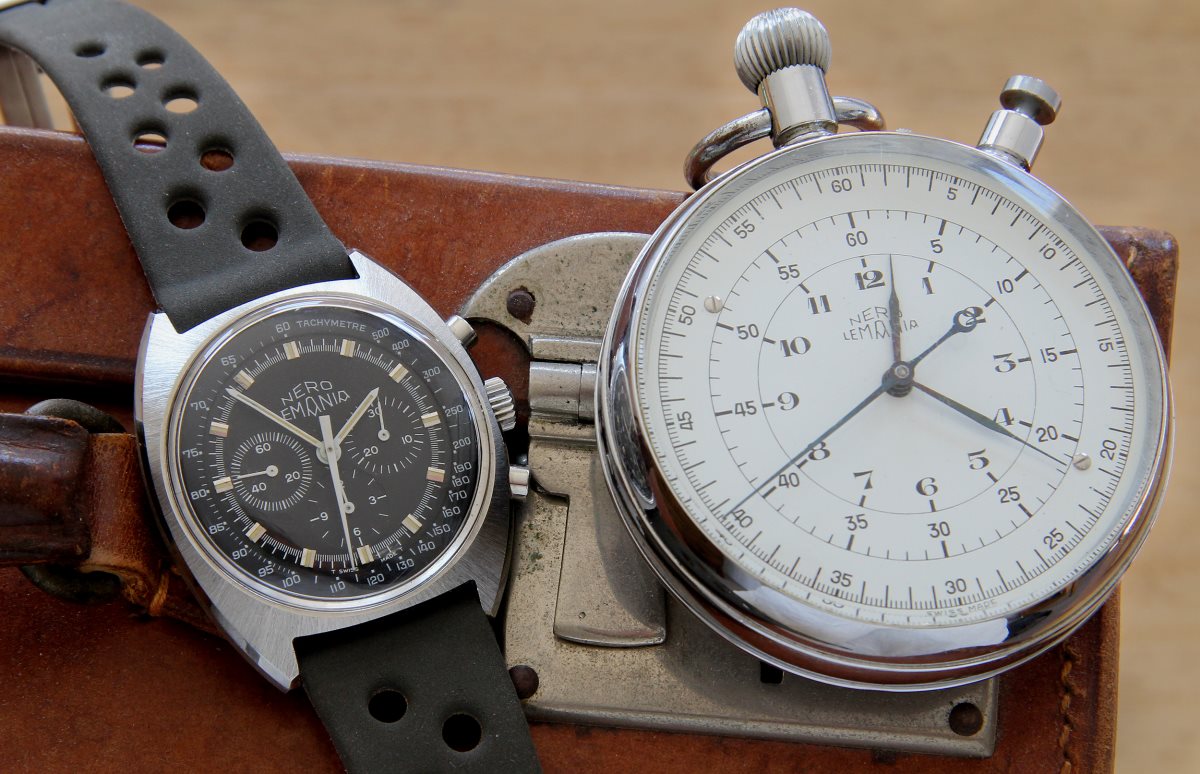
BBC Nero Lemania Chron & Stopwatch - Image Credit: Dave Sweeting
Before the advent of media that contains its own time signature, and even before quartz, precise timing was still required for all programme making and transmission. Auntie Beeb used Lemania stopwatches in almost all of its production suites for timing. As broadcasting required more mobile input, the BBC also bought wrist chronographs for producers on the move. Here are examples of both, which are inscribed with their BBC inventory numbers at the rear.
The wrist chronograph is powered by the Lemania 1873, which is identical to what Omega called the 861, the movement that powers the Speedmaster Professional, and has done from 1969 to the present day. From the serial number, I think my chronograph dates from the early 1970s.
Lastly, Tutima Commando

One of the last significant movements devised and produced by Lemania was the 5100. It was a basic movement, devised in the early 1970s as a relatively economic mechanical alternative to the rising threat of quartz movements. It used what is effectively Perspex for one of the main chassis plates, and a self-lubricating plastic called Delrin for some of the slower moving gears and the date mechanism. There is no "haute horologie" Cotes de Geneve stripes or anglage here. No exquisitely tuned Ferrari V12. This is a simple engine, like an American V8. But as Shelby proved with the Cobra coupes in 1964, V8s can equal the performance of Ferrari's best.
So, despite this humble specification, it was a very robust movement design, capable of unflappable operation under extreme shock, vibration and acceleration. It also had the unique trick of displaying the elapsed seconds and minutes using hands mounted on the central pinion. No need to squint at a tiny subdial, the elapsed time was displayed on the main dial. So it ended up powering all sorts of chronographs, from the dressiest to the most rugged. Most notably it was used by Porsche Design, Arctos, Tengler and Tutima for chronographs issued to the Luftwaffe from 1980 to about 2000.

Tutima Commando - Image Credit: WatchGecko Online Magazine
This one is also issued, but not to the Luftwaffe. This unique model of watch was custom designed in collaboration between Tutima and the commanding officer of the ZUZ, an elite tactical arm of the German Customs authority, Zoll.
It, along with about 30 other, individually numbered, examples were issued to these customs forces in about 2000 and were worn by them until the unit decided they were at the end of their service life and auctioned them off in 2012. I bought this one from one of those auctions. Titanium, with 200m Water Resistance and the tough Lemania 5100 inside, it is a go anywhere, do anything watch.

Tutima Commando - Image Credit: WatchGecko Online Magazine
There we have it, 3 watches, all chronographs, all selected by authorities as suitable for issue to their personnel for use in their professional capacities. They illustrate the capabilities of a company that has been allowed to disappear. Lemania eventually fell into the ownership of the Swatch Group and their workshops have been re-tasked as the centre of manufacture for Breguet, leaving the Lemania name to wither away. But in Omega's Speedmaster, the Lemania legacy lives on.
In 2019, the 50th anniversary of the Speedmaster's greatest feat, it is fitting to have a think about the company that made the movements.


